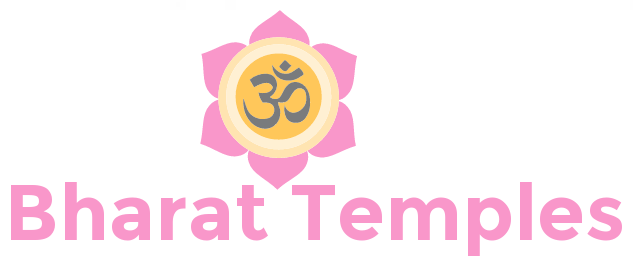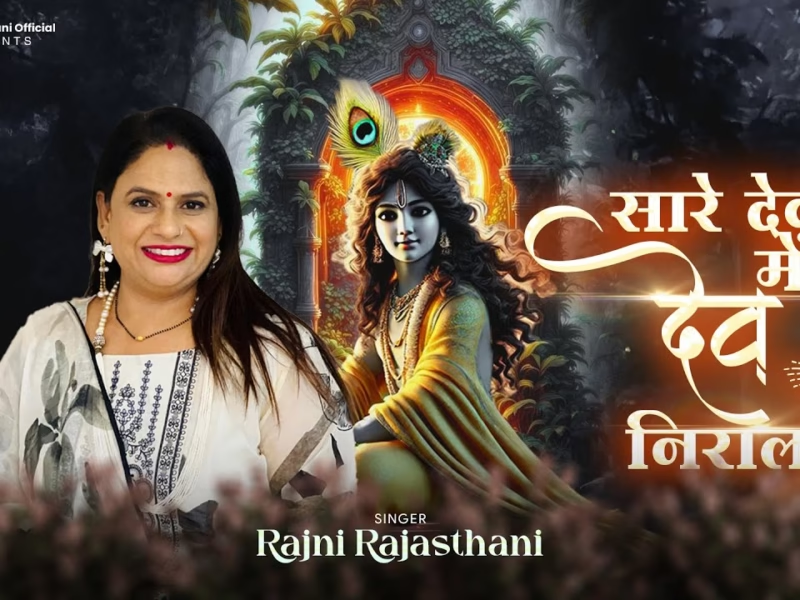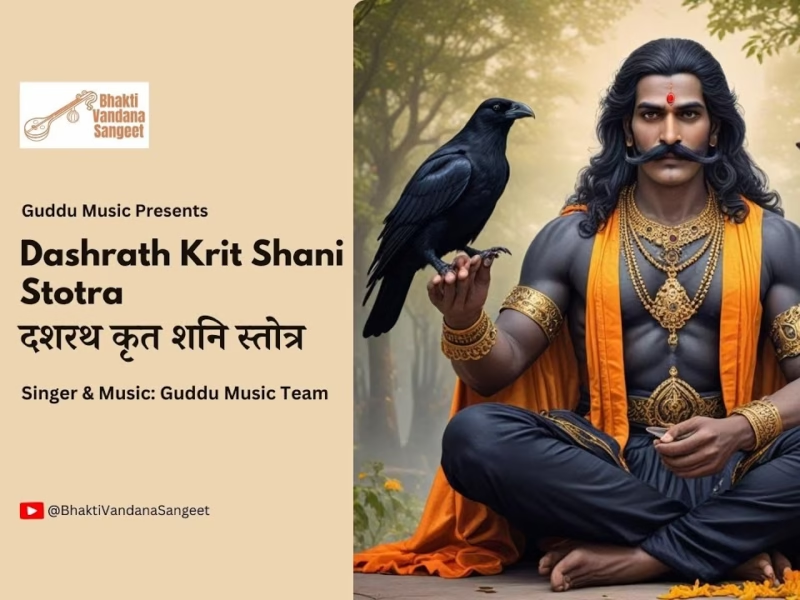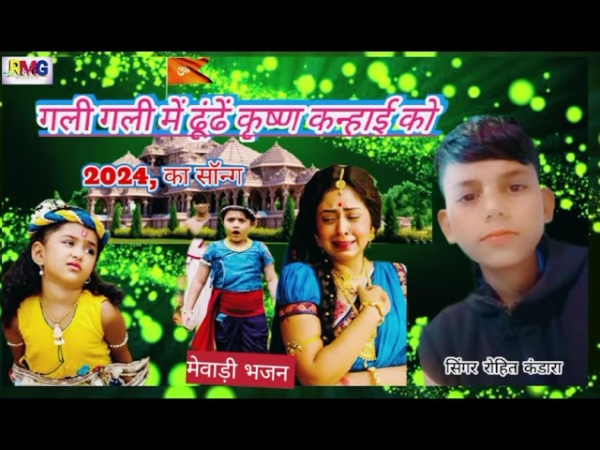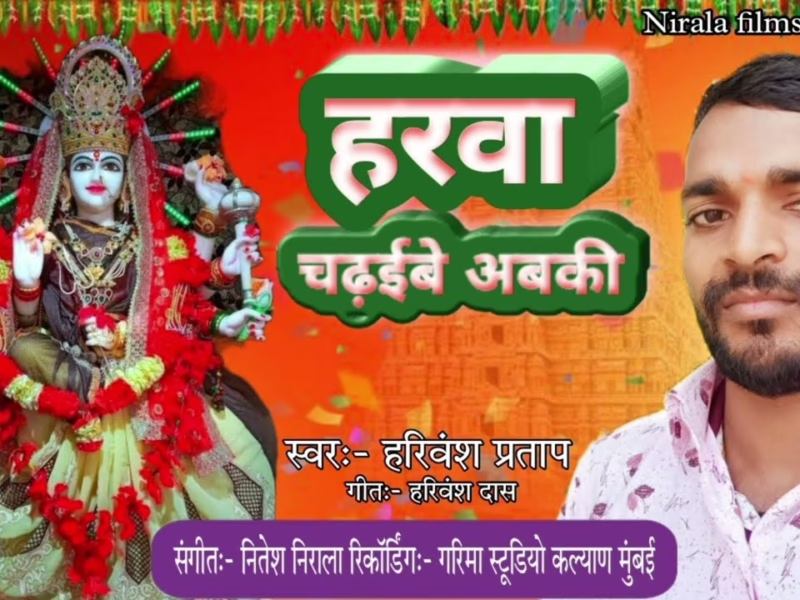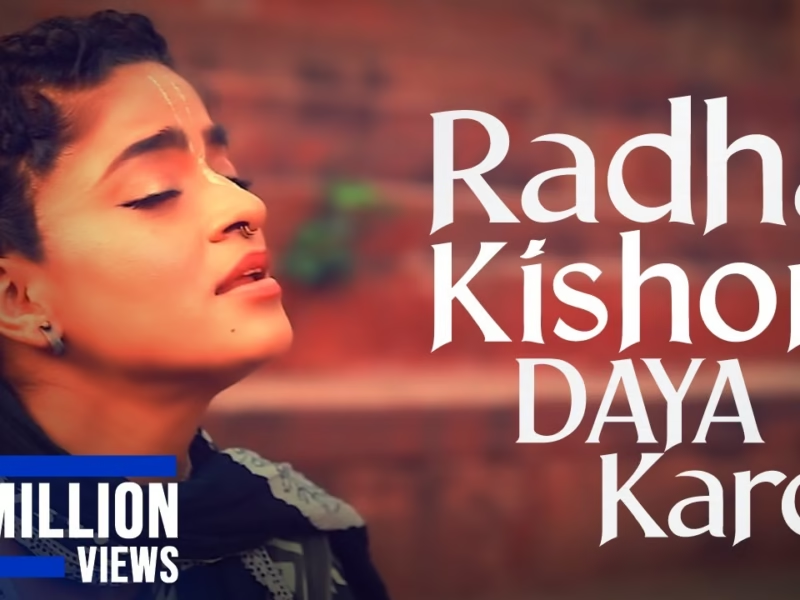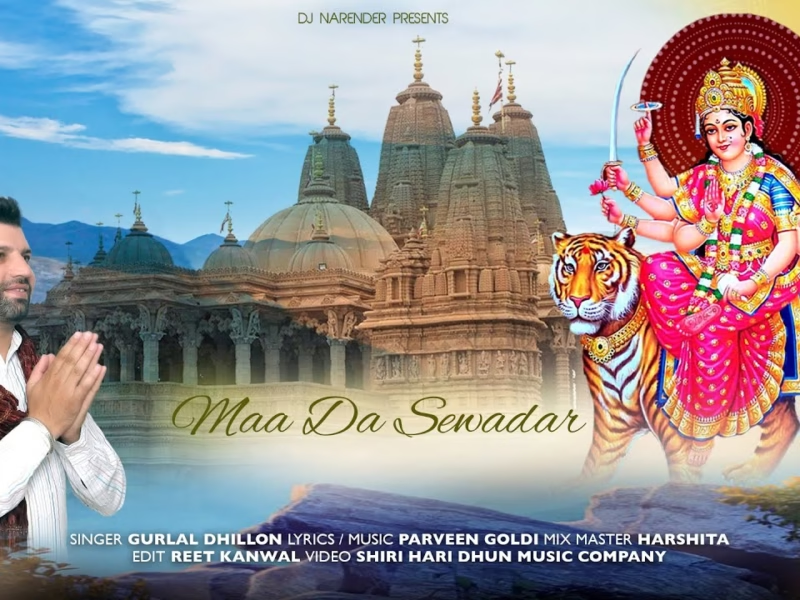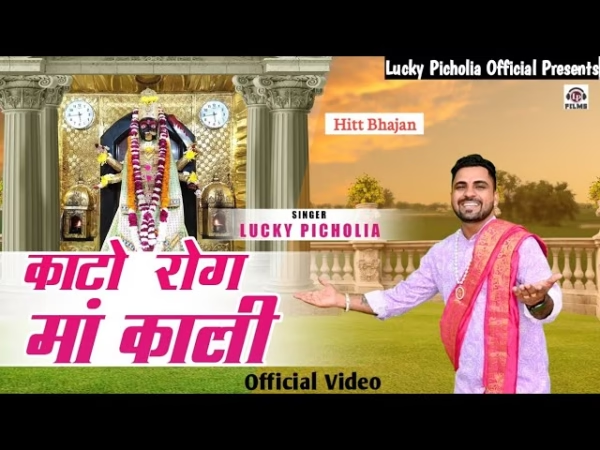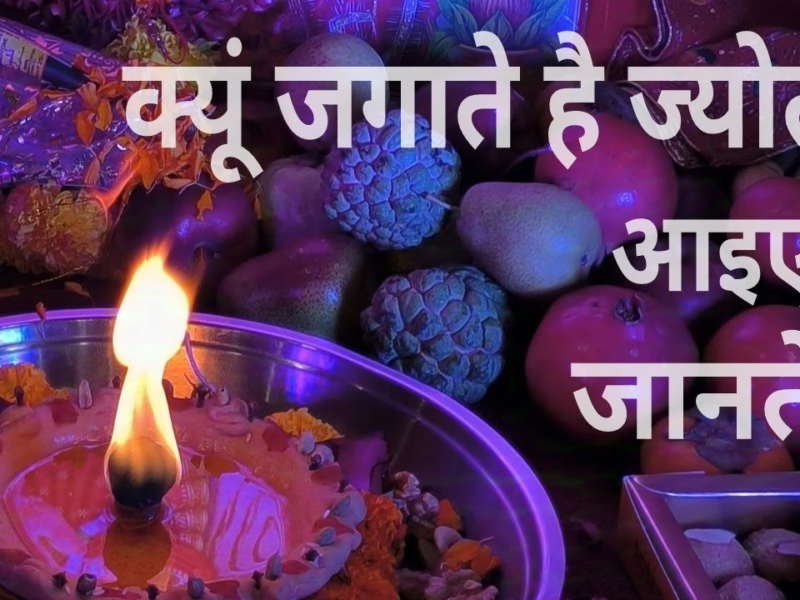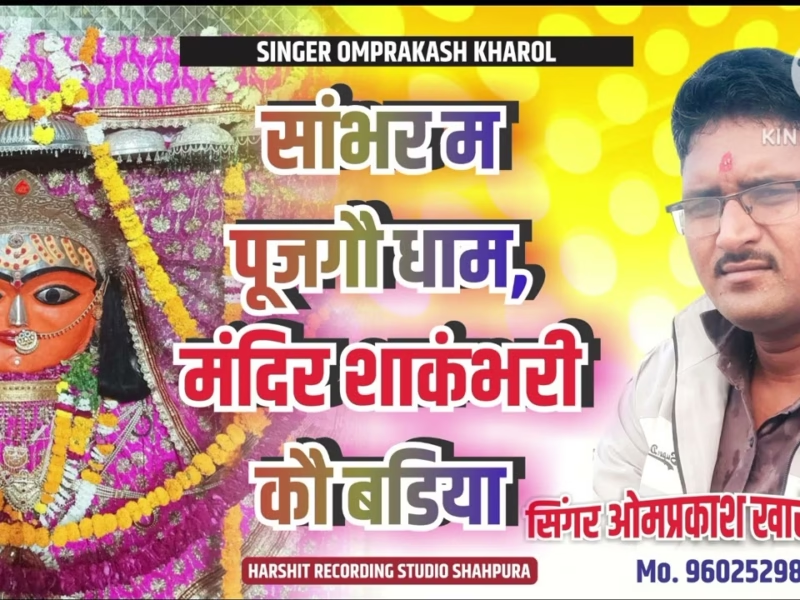Om ! O Devas, may we hear with our ears what is auspicious;
May we see with our eyes what is auspicious, O ye worthy of worship !
May we enjoy the term of life allotted by the Devas,
Praising them with our body and limbs steady !
May the glorious Indra bless us !
May the all-knowing Sun bless us !
May Garuda, the thunderbolt for evil, bless us !
May Brihaspati grant us well-being !
Om ! Let there be Peace in me !
Let there be Peace in my environment !
Let there be Peace in the forces that act on me !
First Brahmana
Busunda approached Kalagni Rudra (the fire and death like Rudra) and asked him, “Please tell me about the greatness of Vibhoothi (Sacred ash – Vibhoothi is generally prepared by burning cow dung at auspicious times. The Vibhoothi of Pazhani temple is prepared by burning cactus plants). Kalagni Rudra replied, “What is there to tell?â€. Then Busunda asked, “Please tell me the importance of wearing Vibhoothi and Rudraksha’. Kalagni Rudra replied, “This has already been related along with phala sruthi (resultant effect) by sage Paippalada. There is nothing more to be told more than what he has saidâ€. Then Busunda asked, “Tell me about the route to salvation as told in the great Jabala (Brihat Jabala)â€. Kalagni Rudra agreed and started teaching. 1
From the Sadhyojatha face of Lord Shiva (he has five faces), the earth was born. From it was born the Nivruthi. From that was born the golden coloured celestial cow called Nanda. From the dung of Nanda came Vibhoothi. 2
Water was produced from the face of Vama Deva. From that, the power called Prathishtaa was produced. From that the black cow called Bhadra was produced. From its dung was produced Bhasitha (another name for Vibhoothi). 3
Fire was produced from the face of Aghora. From that was produced the power of knowledge. From that was produced the red cow called Surabhi. From its dung was produced Bhasma (literally ash but another name for Vibhoothi). 4
Wind was produced from the face of Thath Purusha. From it was produced the power of peace. From it was produced the white cow called Susheela. From its dung was produced Kshara (again another name for ash). 5
Ether (sky) was produced from the face of Eeshana. From it was produced the power of Sandhyatheetha (one who is beyond dawn and dusk). From it was produced the multi coloured cow called Sumana. From its dung was produced Raksha (literally meaning shield). 6
Vibhoothi, Bhasitham, Bhasmam, Ksharam and Raksha are five different names of the holy ash. All these are causal names. Vibhoothi – because it gives rise to plenty of wealth, Bhasmam – because it eats away all sins, Bhasitha - because it makes materials glitter (the potash is a cleaning agent of all metals), Kshara – because it protects from dangers and Raksha – because it acts like a shield in case of fears of ghosts, devils, Pisacha, Brahma Rakshas, epilepsy and diseases which are in-born. 7
Second Brahmana
Then Busunda approached Kalagni Rudra and asked him about the Bhasmam (ash) snana (bathing) procedure which involves the fire and the moon. â€Similar to the fact that ‘fire’ takes several forms depending on the form of the object, ‘ash’ which is like the soul for all objects, assumes the form according to the shape of the being and also beyond it. Fire is told as becoming the world of fire and moon. Fire is very hot and is terrible. It is cruel. The power of moon is nectar like. Even though it has the basis in nectar, it also is the hot aspect of knowledge. Among the big and tiny things, it is the only one which is nectar like in taste and light and also very hotâ€, he told. 1
“The shining aspect of strength is of two types – the sun aspect and the fire aspect. Similarly the nectar like strength also is full of light and heatâ€, he told. 2
Light resides in aspects like lightning. Sweetness pervades in tastes of extracts. And the average world works within light and taste. 3
Nectar is a part of fire. Due to nectar, the fire grows. That is why, the world which is of the form of fire and moon, is like the fire made with the fire-offering (havis-offering). 4
The moon power is above .The fire power is down below. It is because that they join together that this world is functioning continuously. 5
[Mantras 6-8 are not available.]
That Shakthi (power, strong effect, the female principle) which rises above is Shiva. That Shiva which rises above is Shakthi. There is nothing in this world which is not affected by Shiva and Shakthi. 9
The world which has been burnt several times by fire, becomes pervasive with ash (Bhasma). This is the strength of the fire. In that strength, ash becomes an integral part. 10
Thus he who understands the strength of ash and does the ash bathing ritual using mantras, “agnireethi etcâ€, burns all his sins and attains salvation. 11
[Mantras 12 & 13 are not available.]
For winning over death , the bath of nectar is recommended. Where is the question of death for one who has been touched by nectar of Shiva and Shakthi? 14
The one who knows this holy secret method, would purify moon and fire and will not take birth again. 15
The one whose body is burnt by the fire of Shiva and made wet by the nectar of moon and entering the path of yoga would become eligible for deathless state. 16
Third Brahmana
Now the four fold method of preparing Bhasma (holy ash) is being narrated. First is Anukalpam, second Upakalpam, third upopakalpam and fourth is Akalpam.
Anukalpam is made by use of Viraja homa manthras in Agnihothra (collecting ash from the pit of fire sacrifice). Collecting dried cow dung lying in the forest and preparing it as per the method suggested in Kalpam is upakalpam. Collecting the dried cow dung, powdering it, making it in to balls after mixing it in cow’s urine and preparing it as per method suggested in kalpam is upopakalpam. What one gets in temples of Shiva is akalpam. This is equivalent to one hundred kalpams. All Basma prepared by any of these four methods leads one to salvation, said Bhagawan Kalagni Rudra.
Fourth Brahmana
Afterwards Busunda enquired with Bhagawan Kalagni Rudra about wearing Vibhuthi in three lines. What he said was:
On the forehead, you have to apply with the mantra, “Brahmane Namah! (Salutations to Brahma)â€.
On the chest, you have to apply with the mantra, “Havyavahanaya Namah! (Salutations to he who rides the horse)â€.
On the stomach, you have to apply with the mantra, “Skandaya Namah! (Salutations to Subrahmanya)â€.
On the neck, you have to apply with the mantra, “Vishnave Namaj! (Salutations to Lord Vishnu)â€.
In the middle, you have to apply with the mantra, “Prapanchanaya Namah! (Salutations to him who pervades in the entire world)â€.
On the wrists, you have to apply with the mantra, “Vasubhyo Namah! (salutations to him who is like nectar)â€.
On the back, you have to apply with the mantra, “Haraye Namah! (Salutations to Lord Hari)â€.
On the top, you have to apply with the mantra, “Shambhave Namag! (Salutations to Lord Shiva)â€.
On the head, you have to apply with the mantra, “Paramathmane Namah! (Salutations to the great soul which is in all beings)â€.
In each of these places, you have to apply in a set of three lines. When we are wearing Vibhuthi on the forehead, meditate on the great Lord who has three eyes, who is the basis of three qualities and who makes everything visible in sets as “Namah Shivaya!â€. Apply Vibhuthi chanting “Pithrubhyo Namah!†below the forearm. Above that apply chanting “Eeshanabhyo Namah!†and on sides chanting “Eeshabhya Namah!†and on the forearms chanting “Swachabhyam Namah!†and on back sides chanting “Bheemaya Namah!â€. On both flanks of the belly put Vibhuthi chanting “Shivaya Namah!†and on the head chanting “Neela kantaya Sarvathmane Namah!â€. This would remove the effects of sins done in the previous births.
Fifth Brahmana
Those who dishonor the three rows of Vibhuthi dishonor Lord Shiva himself. Those who wear it with devotion, wear Lord Shiva himself. Similar to a village without Lord Shiva’s temple is like a desert, those who do not wear Vibhuthi on their forehead, have a deserted forehead. A life without worship of Lord Shiva is a deserted life. An education where Lord Shiva is not involved is a useless education. The greatest strength of the fire of Rudra is the holy ash. So anyone wearing the holy ash always is forever strong. The holy ash which is born out of fire, burns off the sins of all Bhasma nishtas. Bhasma nishta is one who wears holy ash and possesses clean habits.
Sixth Brahmana
During the marriage of Maharishi Gauthama, all devas became passionate in their minds on seeing Ahalya. Because of that, they lost their knowledge and approached Sage Durvasa and asked him about it. He promised them that he would help them get rid of the sin committed by them because of this and told them, “Once upon a time by giving the holy ash after chanting the Rudra mantra one hundred times, even sins like Brahma hathi (sin got by killing a brahmana) have been washed offâ€. After this he gave them the very blessed holy ash. He also told them, “because you have heard my words, you would become more splendorous than beforeâ€.
It is said that this holy ash can give rise to all sorts of wealth. In front of it are Vasus, on its right are Rudras, on its back are Adhithyas (suns), on its left are Viswa Devas, in the centre are Brahma, Vishnu anid Shiva, and on its sides are the Sun and the Moon. The Rig Veda mantra tells about it (holy ash) as follows,†What is the use of Vedas to a person who does not understand that thing, in whose ether like perennial form lives all devas and the worlds? Any one who understands that great matter are the people who have attained that which should be attained.â€
Seventh Brahmana
The king of Videha approached the sage Yagnavalkya and asked, â€Oh, God like sage, please explain to me the way of wearing the holy ashâ€. Yagnavalkya replied, â€Take Vibhuthi using the five brahma mantras starting with “sathyojathamâ€, chant “agnirithio Basma (ash is fire)†apply using the mantra starting with “manasthokeâ€. Mix it with water using mantra “triyayusham†and then apply it on head, forehead, chest, and shoulders chanting the mantra “trayambakamâ€. If this is followed one becomes pure and suitable for getting salvation. He would get the same effect as chanting Rudra, one hundred times. This is called Bhasma Jyothi.â€
He continued, “the great sages like Samvarthaka, Aarooni, Swethakethu, Durvasa, Rupu, Nidhaga, Bharatha, Dathathreya, Raivathaka, Busunda etc got freed by wearing Vibhuthi.â€
Sanathkumara approached Bhagawan Kalagni Rudra and asked him, “Bhagawan, kindly explain me the method of wearing Rudraksha.†What he told him was, “Rudraksha became famous by that name because initially, it was produced from the eyes of Rudra. During the time of destruction and after the act of destruction, when Rudra closed his eye of destruction, Rudraksha was produced from that eye. That is the Rudraksha property of Rudraksha. Just by touching and wearing this Rudraksha, one gets the same effect of giving in charity one thousand cows.â€
Eighth Brahmana
He who reads this Brihat Jabala Upanishad daily, would attain the purity blessed by Agni (fire God), Vayu (wind god), Surya (sun), Chandra (moon), Brahma, Vishnu and Rudra. The ones who chant Brihat Jabala Upanishad would attain that world where the Sun does not dry, where wind does not blow, where moon does not shine, where stars do not twinkle, where fire does not burn, where Yama (God of death) does not enter, where there are no sorrows, which is full of peace and pure and unalloyed happiness, which is praised by Gods like Brahma, which is meditated upon by great Yogis and from where great Yogis do not return after reaching it. This Upanishad ends with the blessing â€Om Sathya!â€(long live the truth).
Om ! O Devas, may we hear with our ears what is auspicious;
May we see with our eyes what is auspicious, O ye worthy of worship !
May we enjoy the term of life allotted by the Devas,
Praising them with our body and limbs steady !
May the glorious Indra bless us !
May the all-knowing Sun bless us !
May Garuda, the thunderbolt for evil, bless us !
May Brihaspati grant us well-being !
Om ! Let there be Peace in me !
Let there be Peace in my environment !
Let there be Peace in the forces that act on me !
Here ends the Brihad-Jabalopanishad, as contained in the Atharva-Veda.
